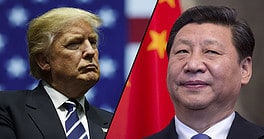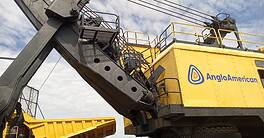China and Russia are getting closer and closer.

Russia has seen the future of its energy industry, and it’s in the Far East. The Power of Siberia gas pipeline, which opened last month, provides Russia with a new market for fossil fuel exports in the face of static or declining European demand, and China with a cleaner source of energy to offset its reliance on coal. It also underpins Moscow’s diplomatic “Pivot to the East” and the strengthening of Sino-Russian relations.
The 2,500-kilometer pipeline is a major feat of engineering, crossing permafrost and major rivers from the coldest part of Siberia to Blagoveshchensk near the Chinese border. It will eventually carry an annual 38 billion cubic meters of gas to China’s northeastern frontier.
Presidents Vladimir Putin and Xi Jinping inaugurated the mega-project remotely by video. Speaking from the Black Sea resort of Sochi, the Russian leader called it “a truly historical event” that “brings us closer to reaching the goal set together with Xi Jinping to raise mutual trade turnover to $200 billion by 2024.”
From Beijing, Xi called the gas pipeline “an important transitional result and the start of a new stage of our cooperation.” The network will be extended across China to reach Beijing next year and then down the eastern coastal belt to Shanghai.
Power of Siberia is key to a $55 billion deal between Russian gas giant Gazprom and China National Petroleum Corporation (CNPC), one of China’s largest oil and gas companies. Gazprom is also in discussion with CNPC over two other pipelines to China: Power of Siberia 2, which would transport 30 billion cubic meters a year to the western border in Xinjiang province, and a smaller pipeline from Sakhalin Island.
While increasing gas sales to China makes sense strategically, the terms of the deal leave independent energy analysts puzzled as to whether it will actually generate a profit for either company after discounting the cost of debt accumulated in constructing the pipeline. But Power of Siberia is the linchpin of a larger effort to weld the two economies together. Major projects reliant on the new supply of gas include a joint venture between Russia’s Sibur and Chinese partner Sinopec for an expansion of a giant petrochemical plant close to the Chinese border, which would allow for an 80% increase in exports of raw materials for making products in China. Somewhere along the line, presumably, Moscow expects to make a profit.



